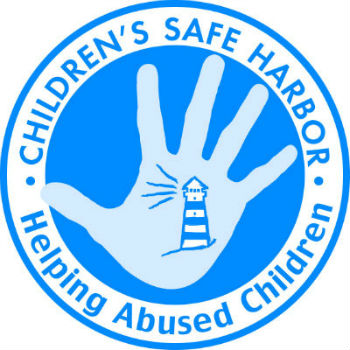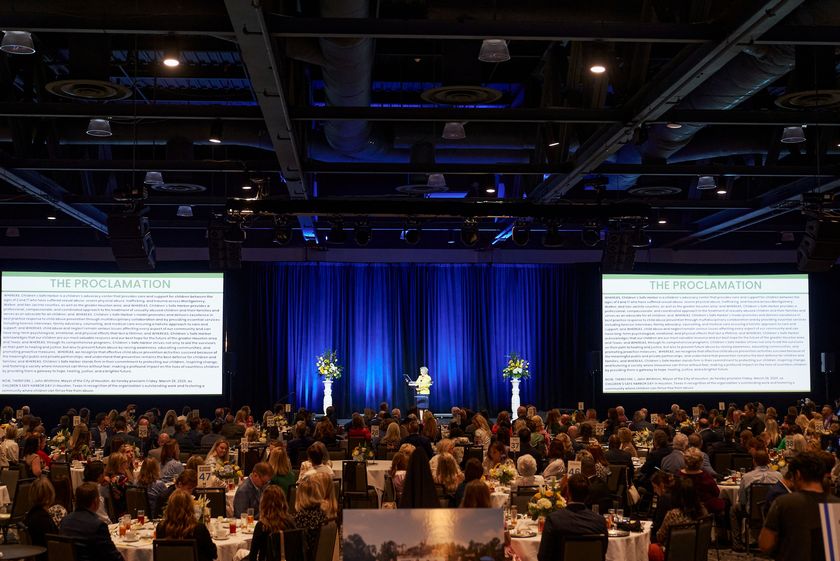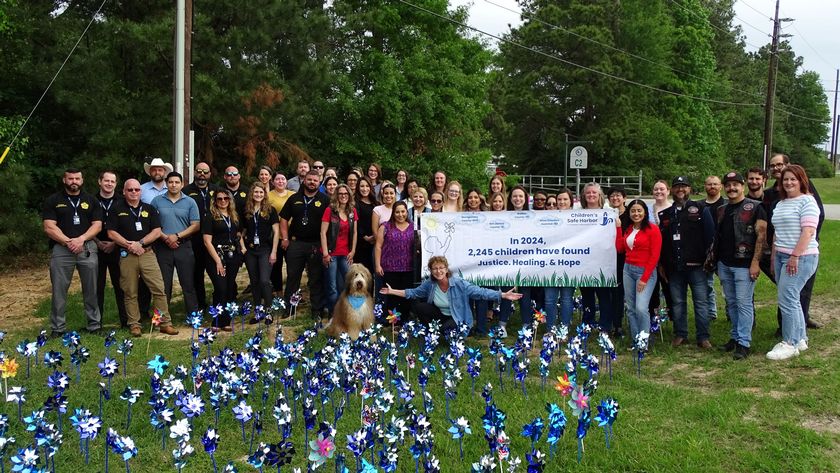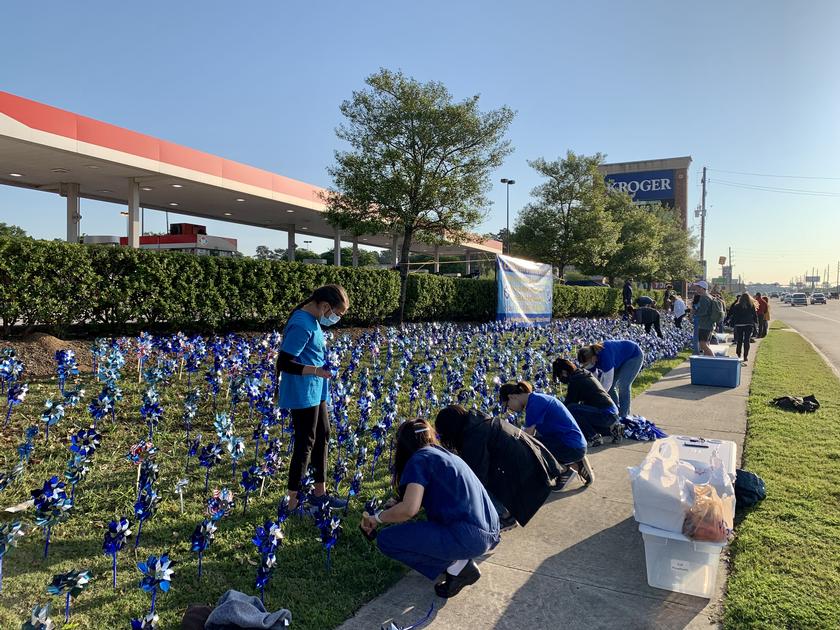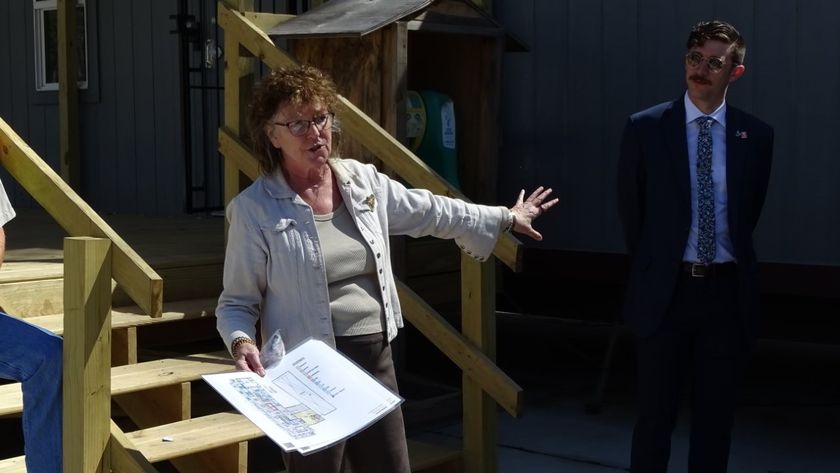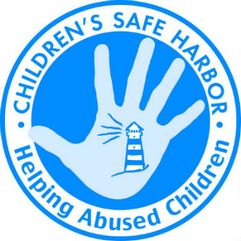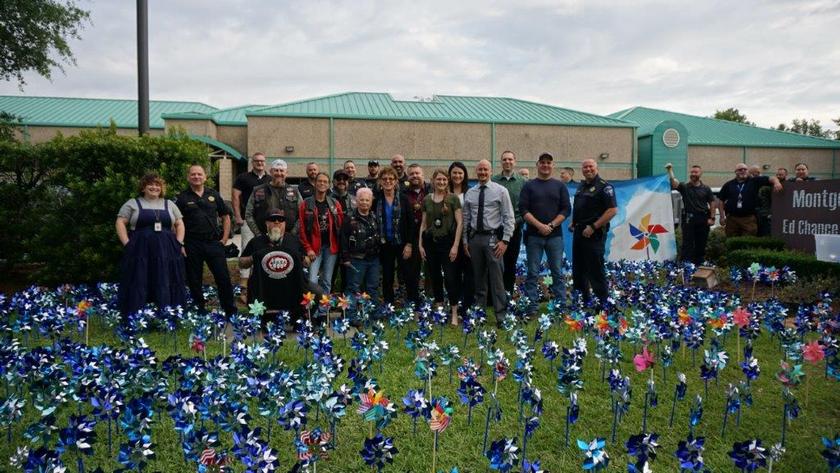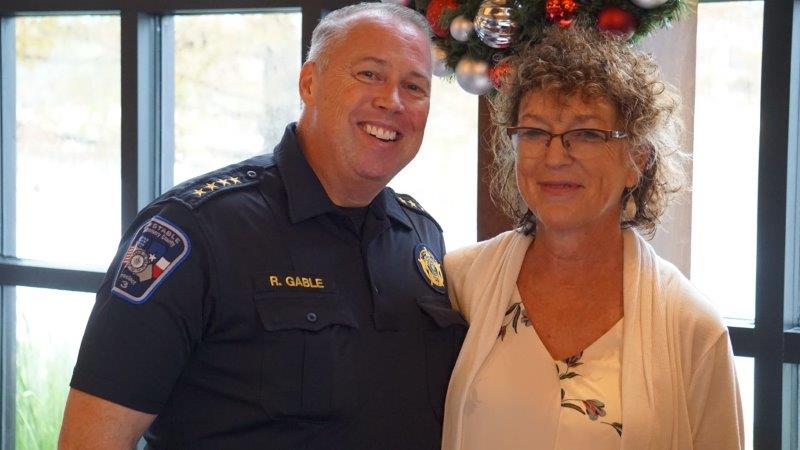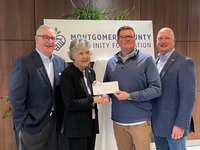- Sections :
- Crime & Public Safety
- Restaurants & Food
- Sports
- More
April is Child Abuse Prevention & Awareness Month
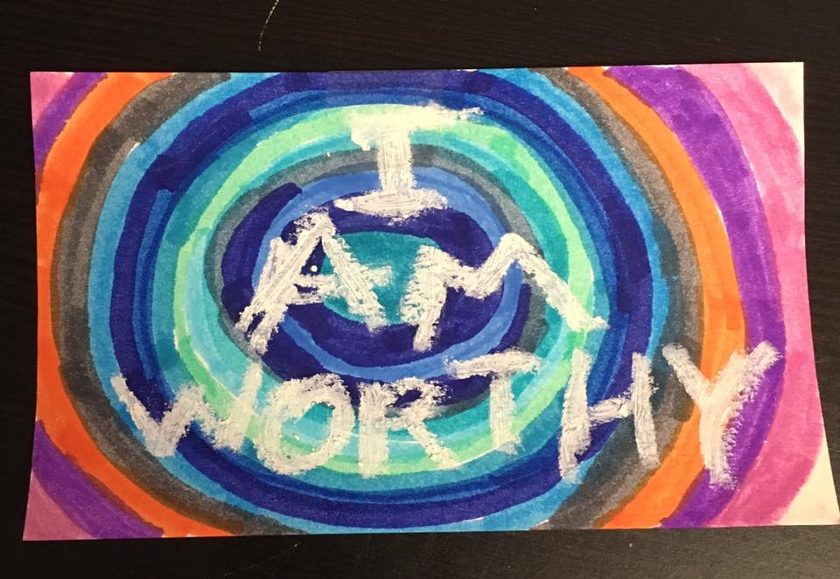
MONTGOMERY COUNTY, Texas -- While it may be an uncomfortable topic, taking steps to prevent child sexual abuse is an important part of protecting children and keeping them safe. In recognition of April as national Child Abuse Prevention and Awareness Month, Victoria J. Constance, MSPH, PhD, Executive Director of Children’s Safe Harbor, shares tips for what parents and caregivers can do to help reduce the likelihood of abuse.
Know the facts about child sexual abuse. Sexual abuse is more common than people think. In fact, approximately 1 in 10 children will be sexually abused by the time they turn 18. Sexual abuse can happen to both boys and girls of all ages, races, ethnicities, and family backgrounds. Children are often too scared, confused, or embarrassed to report sexual abuse right away, so it often continues without parents/caregivers knowing about it.
Know the facts about perpetrators. Many parents/caregivers already warn their children to be careful around strangers; however, sexual abuse is usually committed by someone that the child knows and trusts. Perpetrators are often family members or close friends of the child's family. Perpetrators can also be older children or youth.
Talk to your child about their body, about boundaries, and about sexual abuse. Teach your child the correct names for body parts, which parts of the bodies are considered “private” and that other people should not touch or see these parts of their bodies, except when it is appropriate (such as a parent helping with hygiene or at a doctor’s appointment). People who abuse children often ask them to keep secrets; teach your child that they should never keep secrets from their parents/caregivers. Begin having these conversations with children at a very young age with terms that are appropriate for your child’s level of development.
Support your child's participation in school-based safety and prevention programs. Many schools offer safety and prevention programs to children. You can increase the effectiveness of these programs by getting involved and talking to your child about what they have learned.
Take steps to increase safety in your child's environment. Understand that most sexual abuse occurs when a child is alone with an adult or older child. Consider minimizing situations in which your child is one-on-one with an adult (other than a parent/caregiver) or older child. Choose group activities or activities in public places when possible. Conduct background checks, interviews, and reference checks when choosing a childcare provider. Drop in unannounced when other people are caring for your child.
Teach your child about Internet safety. Teach your child about online predators who target children. Instruct them not to give out personal information or exchange photos over the Internet. Teach your child that they should never take photos of their private parts. Monitor your child's Internet use and apply parental controls.
Be familiar with signs and symptoms of abuse. Knowing the signs and symptoms of abuse may help you recognize abuse if it does occur. Visit www.onewithcourage.org/learn-the-signs to learn more.
Know how to respond to disclosures of abuse. If a child discloses that abuse has occurred, always believe the child. Listen to them in a calm and supportive way. Responding emotionally may cause the child to think that you are upset with them, that they did something wrong, or that they should not have told you. Remaining calm is important. Let the child know that they did the right thing by telling you. Always report the abuse.
Children’s Safe Harbor’s mission is to protect and enhance the life of every child who has the courage to battle sexual or severe physical abuse. As a nationally-accredited nonprofit children’s advocacy center organization founded in 1998, Children’s Safe Harbor is part of a nationwide effort to heal the trauma and facilitate justice for children ages 2 through 17 and their families. Children's Safe Harbor advanced their collaborative justice work in 2009 through the creation of an expanded co-located child-friendly facility serving children and their families all in one building – reducing the trauma by minimizing the need for children to retell their experience to multiple agencies while facilitating investigation, prosecution, justice and healing.
“As we approach our twentieth anniversary in August, we are embarking upon a campaign called ‘Know Us Before You Need Us’ to promote our children's advocacy center as a resource that provides services for child victims of abuse,” said Dr. Constance. “We also offer volunteer opportunities and training for educators, local community members, and others interested in learning how they can make a difference for child victims of abuse.”
Remember, you are obligated by law to report suspected child abuse. If you suspect a child is in immediate danger, all 911. Or, in the counties of Montgomery, Walker, San Jacinto, call Children’s Safe Harbor at 936.756.4644, or throughout in Texas call the abuse and neglect hotline at 800.252.5400. Outside of Texas, visit www.onewithcourage.org for a list of resources.
To donate or to volunteer, visit www.ChildrensSafeHarbor.org or call 936.756.4644, extension 234. Financial donations can be mailed to the main office at 1519 Oddfellow, Conroe, Texas, 77301.

